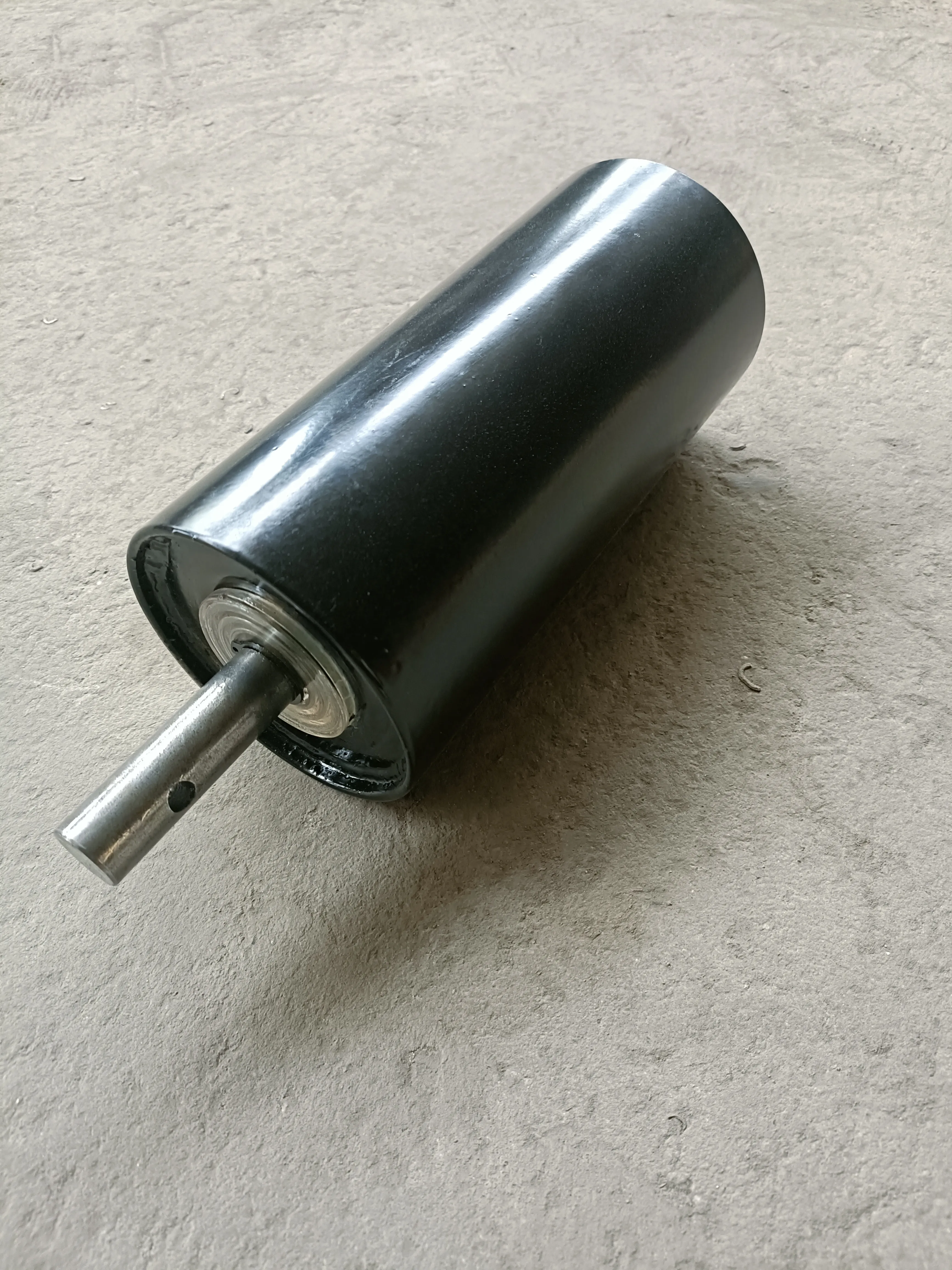 Afrikaans
Afrikaans  Albanian
Albanian  Amharic
Amharic  Arabic
Arabic  Armenian
Armenian  Azerbaijani
Azerbaijani  Basque
Basque  Belarusian
Belarusian  Bengali
Bengali  Bosnian
Bosnian  Bulgarian
Bulgarian  Catalan
Catalan  Cebuano
Cebuano  Corsican
Corsican  Croatian
Croatian  Czech
Czech  Danish
Danish  Dutch
Dutch  English
English  Esperanto
Esperanto  Estonian
Estonian  Finnish
Finnish  French
French  Frisian
Frisian  Galician
Galician  Georgian
Georgian  German
German  Greek
Greek  Gujarati
Gujarati  Haitian Creole
Haitian Creole  hausa
hausa  hawaiian
hawaiian  Hebrew
Hebrew  Hindi
Hindi  Miao
Miao  Hungarian
Hungarian  Icelandic
Icelandic  igbo
igbo  Indonesian
Indonesian  irish
irish  Italian
Italian  Japanese
Japanese  Javanese
Javanese  Kannada
Kannada  kazakh
kazakh  Khmer
Khmer  Rwandese
Rwandese  Korean
Korean  Kurdish
Kurdish  Kyrgyz
Kyrgyz  Lao
Lao  Latin
Latin  Latvian
Latvian  Lithuanian
Lithuanian  Luxembourgish
Luxembourgish  Macedonian
Macedonian  Malgashi
Malgashi  Malay
Malay  Malayalam
Malayalam  Maltese
Maltese  Maori
Maori  Marathi
Marathi  Mongolian
Mongolian  Myanmar
Myanmar  Nepali
Nepali  Norwegian
Norwegian  Norwegian
Norwegian  Occitan
Occitan  Pashto
Pashto  Persian
Persian  Polish
Polish  Portuguese
Portuguese  Punjabi
Punjabi  Romanian
Romanian  Russian
Russian  Samoan
Samoan  Scottish Gaelic
Scottish Gaelic  Serbian
Serbian  Sesotho
Sesotho  Shona
Shona  Sindhi
Sindhi  Sinhala
Sinhala  Slovak
Slovak  Slovenian
Slovenian  Somali
Somali  Spanish
Spanish  Sundanese
Sundanese  Swahili
Swahili  Swedish
Swedish  Tagalog
Tagalog  Tajik
Tajik  Tamil
Tamil  Tatar
Tatar  Telugu
Telugu  Thai
Thai  Turkish
Turkish  Turkmen
Turkmen  Ukrainian
Ukrainian  Urdu
Urdu  Uighur
Uighur  Uzbek
Uzbek  Vietnamese
Vietnamese  Welsh
Welsh  Bantu
Bantu  Yiddish
Yiddish  Yoruba
Yoruba  Zulu
Zulu Understanding Drive and Driven Pulleys in Mechanical Systems and Their Applications
Understanding Drive Pulleys and Driven Pulleys
In the realm of mechanical engineering and machinery design, pulleys play a pivotal role in the transfer of motion and power. Among the various components utilized in mechanical systems, drive pulleys and driven pulleys stand out as crucial elements that facilitate the efficient functioning of belt drive systems. This article delves into the specifics of these two types of pulleys, their functions, and their significance in various applications.
What are Pulleys?
A pulley is a simple machine that consists of a wheel on an axle or shaft designed to support movement and change the direction of force. When used in conjunction with belts, ropes, or chains, pulleys allow for the efficient transmission of power. They can be found in a broad spectrum of applications, ranging from industrial machinery to household devices.
Drive Pulleys
The drive pulley, as the name suggests, is the pulley that receives power from a motor or another source of force. It is attached to the driver (motor, engine, etc.) and is responsible for converting the motor's rotational motion into a form that can be used to drive other components. Typically, the drive pulley is the larger of the two types and is often referred to as the “input” pulley in a system. It may utilize various types of belts, including flat belts, V-belts, or timing belts, depending on the specific application requirements.
One of the primary functions of the drive pulley is to maintain a specific speed and torque. The size of the drive pulley, as compared to the size of the driven pulley, determines the speed and torque transmitted through the belt drive system. For instance, a larger drive pulley will rotate slower but provide higher torque, whereas a smaller drive pulley will rotate faster but at lower torque. This relationship is central to the design of many mechanical systems where speed and force must be optimized for task-specific applications.
drive pulley and driven pulley

Driven Pulleys
The driven pulley, on the other hand, is the pulley that receives motion from the drive pulley through the connecting belt. This pulley is often referred to as the “output” pulley. Its function is to transfer the rotational motion from the drive pulley to another component within the system, such as a shaft or gear.
Driven pulleys can also vary in size, similar to drive pulleys, and their dimensions play a significant role in the overall efficiency of the system. By adjusting the size of the driven pulley, engineers can further fine-tune the speed and torque delivered to the subsequent machinery. For instance, if a system requires higher speed output, a smaller driven pulley can be used in conjunction with a larger drive pulley.
Applications of Drive and Driven Pulleys
Drive and driven pulleys are prevalent in numerous applications across various industries. They are integral components in conveyor systems, where they help in moving materials. In fan or blower systems, they facilitate the functioning of ventilation and cooling mechanisms. In the automotive industry, pulleys are essential in the engine systems, transferring power to various components such as the alternator, power steering pump, and air conditioning compressor.
Conclusion
In summary, drive pulleys and driven pulleys are fundamental components of many mechanical systems. Their ability to transmit power efficiently allows machinery to function seamlessly across diverse applications. Understanding the relationship between drive and driven pulleys—along with their respective sizes and functions—enables engineers and designers to create optimized systems tailored to specific operational requirements. Whether in industrial applications or everyday machinery, the importance of these simple yet effective mechanical devices cannot be overstated.
-
Revolutionizing Conveyor Reliability with Advanced Rubber Lagging PulleysNewsJul.22,2025
-
Powering Precision and Durability with Expert Manufacturers of Conveyor ComponentsNewsJul.22,2025
-
Optimizing Conveyor Systems with Advanced Conveyor AccessoriesNewsJul.22,2025
-
Maximize Conveyor Efficiency with Quality Conveyor Idler PulleysNewsJul.22,2025
-
Future-Proof Your Conveyor System with High-Performance Polyurethane RollerNewsJul.22,2025
-
Driving Efficiency Forward with Quality Idlers and RollersNewsJul.22,2025





























